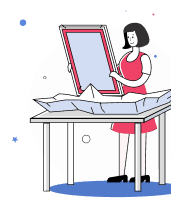How to Draw a Self Portrait - Step-by-Step Process
Author:
GeorgeUpdated:
08.12.2024


- How to Draw a Self Portrait: Step-by-Step Process
- Prepare for Your Self-Portrait
- 1.1. Select a reference photo
- 2.2. Set up your workspace in an organized manner
- 3.3. Set up your lighting
- 4.4. Create a portrait outline
- 5.5. Use basic proportions to sketch
- 6.6. Draw the Main Features
- 7.7. Refine Your Self-Portrait
- 8.8. Perfect the Nose
- 9.9. Take note of lips
- 10.10. Illustrate the Hair
- 11.11. Finalize Your Self-Portrait
- 12.12. Frame Your Self Portrait
- 1.
- 5 Tips and Tricks for a Better Self-Portrait:
- 13.Blend Mirror Observations with Photo References
- 14.Master the Art of Contour Drawing First
- 15.Begin with Gentle, Light Sketches
- 16.Invest Time in Refining Your Features
- 17.Skillfully Apply Shadows and Tones
- 13.
Drawing a self-portrait can be an interesting process of self-exploration and artistic expression. This creative process allows you to not only capture your physical appearance but also to reflect your inner self on paper.
Every stroke of your pencil is a step towards creating a unique representation of you. Portraits have always been a rewarding experience, whether you're a seasoned artist or a beginner, blending art and human features.
In this guide, we'll walk you through the steps to create your self-portrait, offering tips and tricks to enhance your skills.
How to Draw a Self Portrait: Step-by-Step Process
Prepare for Your Self-Portrait

1. Select a reference photo
Begin by selecting a photo that best represents how you see yourself or how you wish to be portrayed. Look for a picture with clear features and good lighting. This will be your guide, so choose one that resonates with your vision for the portrait.
2. Set up your workspace in an organized manner
Find a comfortable and well-lit spot to work in. Ensure that your drawing area is spacious enough to accommodate your drawing materials. A calm environment will help you focus and bring out your best artistic skills.
3. Set up your lighting
Good lighting is crucial. It not only helps in accurately seeing your reference photo but also in observing the subtleties of light and shadow on your face. Natural light is preferable, but if that's not available, a well-positioned lamp can suffice.
4. Create a portrait outline
Begin by lightly sketching the basic shape of your head and neck. Use gentle, faint lines to map out the overall structure. This is the foundation of your portrait, so take your time with this step.
5. Use basic proportions to sketch
Next, mark the positions of your key facial features. Identify where your eyes, nose, and mouth will sit on the face. Getting these proportions right is essential for a realistic portrayal.
6. Draw the Main Features
Describe your features in more detail. Begin with the eyes, then the nose, and finally the mouth. Pay attention to the unique details that make your face distinct. This is where your portrait begins to come to life.
7. Refine Your Self-Portrait
Developing the Eyes and Eyebrows: The eyes are the windows to the soul. Spend time detailing the shape, the iris, and the eyelashes. Don’t forget the eyebrows – they frame the eyes and are key to expressing emotions.
8. Perfect the Nose
The nose can be tricky due to its complex shapes and shadows. Observe the nuances of its form and shadows in your reference photo to replicate them accurately.
9. Take note of lips
Lips are expressive, so it’s important to get their shape and volume right. Notice the way light plays on the upper and lower lip, and how it defines their form.
10. Illustrate the Hair
Hair requires a different approach. Instead of trying to draw every strand, focus on the flow, volume, and the way light falls on it. Use varied strokes to create texture.
11. Finalize Your Self-Portrait
Adding the Details: Now, it’s time to add the finer details. This could include freckles, wrinkles, or specific textures of your skin. These small touches add depth and realism to your portrait.
12. Frame Your Self Portrait
Finally, consider how you want to frame your artwork. The right frame can complement and enhance your self-portrait, turning it into a finished piece of art ready to be displayed.
5 Tips and Tricks for a Better Self-Portrait:
Here are five valuable tips to elevate your self-portrait to a piece of art that speaks volumes instead of a simple drawing.

Blend Mirror Observations with Photo References
With live mirror observations and static photos, you can make your portrait more realistic and vibrant. Photographs capture a frozen moment, but mirrors reflect your dynamic expressions and subtle movements. You can create artwork that captures both your appearance and your essence with this blend.
Master the Art of Contour Drawing First
Before diving into the details, look at contour drawings. This technique involves outlining your features and focusing on the form without getting distracted by the details. It's like sketching the map of your face, laying down the foundation for everything else. Using contours makes your portrait look accurate by making sure the proportions and placement are right.
Begin with Gentle, Light Sketches
Start your portrait with light, almost feather-like sketches. This approach gives you the flexibility to make adjustments as you progress without leaving heavy marks on the paper. It's like whispering the outlines before speaking them aloud. As you become more confident in the placement and proportion of your features, you can gradually darken and define the lines.
Invest Time in Refining Your Features
Pay extra attention to the unique characteristics of your face. Each person's features have their quirks and nuances, and capturing these is key to creating a self-portrait that truly resembles you. Spend time observing and refining these features, whether it be the curve of your eyebrow, the shape of your nose, or the way your lips curve into a smile. These details make your portrait distinctly ‘you.’
Skillfully Apply Shadows and Tones
Adding shadows and tones is where your portrait starts to come alive. Begin with lighter tones and gradually build up to the darker areas. This method allows you to control the depth and intensity of shadows, giving your portrait a three-dimensional, lifelike quality. Pay attention to how light naturally falls and reflects on different parts of your face, and replicate these subtleties in your drawing. This step is where your portrait transitions from a flat image to a lifelike representation, full of depth and emotion.
Struggling to Perfect Your Self-Portrait? Let Photo2Painting Craft Your Masterpiece!
Our team of professional artists specializes in converting your digital photos into exquisite hand-painted artwork.
Imagine your portrait not just as a drawing but as a high-quality, hand-painted canvas, reflecting the finest details and textures that only a professional artist can achieve.
Photo2Painting takes you on an exceptional journey of art creation, not just a painting.=
We guarantee that your portrait will meet or exceed your expectations based on our commitment to quality, customer satisfaction, and timely delivery. Adding your personal touch to our artistic expertise creates more than just a portrait; it is a piece of art that tells your story, captures your spirit, and creates a lasting memory.
Choose Photo2Painting for a seamless, satisfying art experience.
Frequently Asked Questions
How do you start a self-portrait drawing?
Choose a reference photo that reflects your desired expression and posture. Set up a comfortable workspace with good lighting. Begin by sketching out your head and neck. Then mark where your key facial features like your eyes, nose, and mouth should be. You have to get your proportions right in these early stages since they're the foundation for your portrait.
How do you make a personal portrait?
A portrait is a combination of observation and artistic interpretation. Take a photo or a live model as a reference. Create an outline of the face and body, paying attention to proportions. Keeping an eye on your model or photo, add details like eyes, nose, mouth, and hair. Personalize the portrait by paying attention to unique features or expressions.
How can I make my self-portrait more realistic?
Focus on accurate proportions and details. Create depth and dimension by shading and highlighting your face. Watch the way light and shadow play on your face, then replicate these effects in your drawing. Don't rush the process, and don't be afraid to make mistakes. Practice and patience are key; don't rush it, and don't be afraid to make mistakes.
Is it harder to draw a picture of yourself or other people?
The difficulty of drawing oneself depends on the individual. For some people, it's hard because it's hard to observe oneself and can lead to self-perception issues. Some people might have trouble drawing other people since they have to figure out what other people are like. Drawing yourself adds an element of introspection and a personal connection to the work, but both require a keen eye for detail and an understanding of human anatomy.
George, CEO of Photo2painting, is a passionate art lover and entrepreneur. He founded Photo2painting.com from scratch, inspired by his artist friends. As the company's CMO, he manages content and marketing.
Excellent Customer Reviews















































































































































